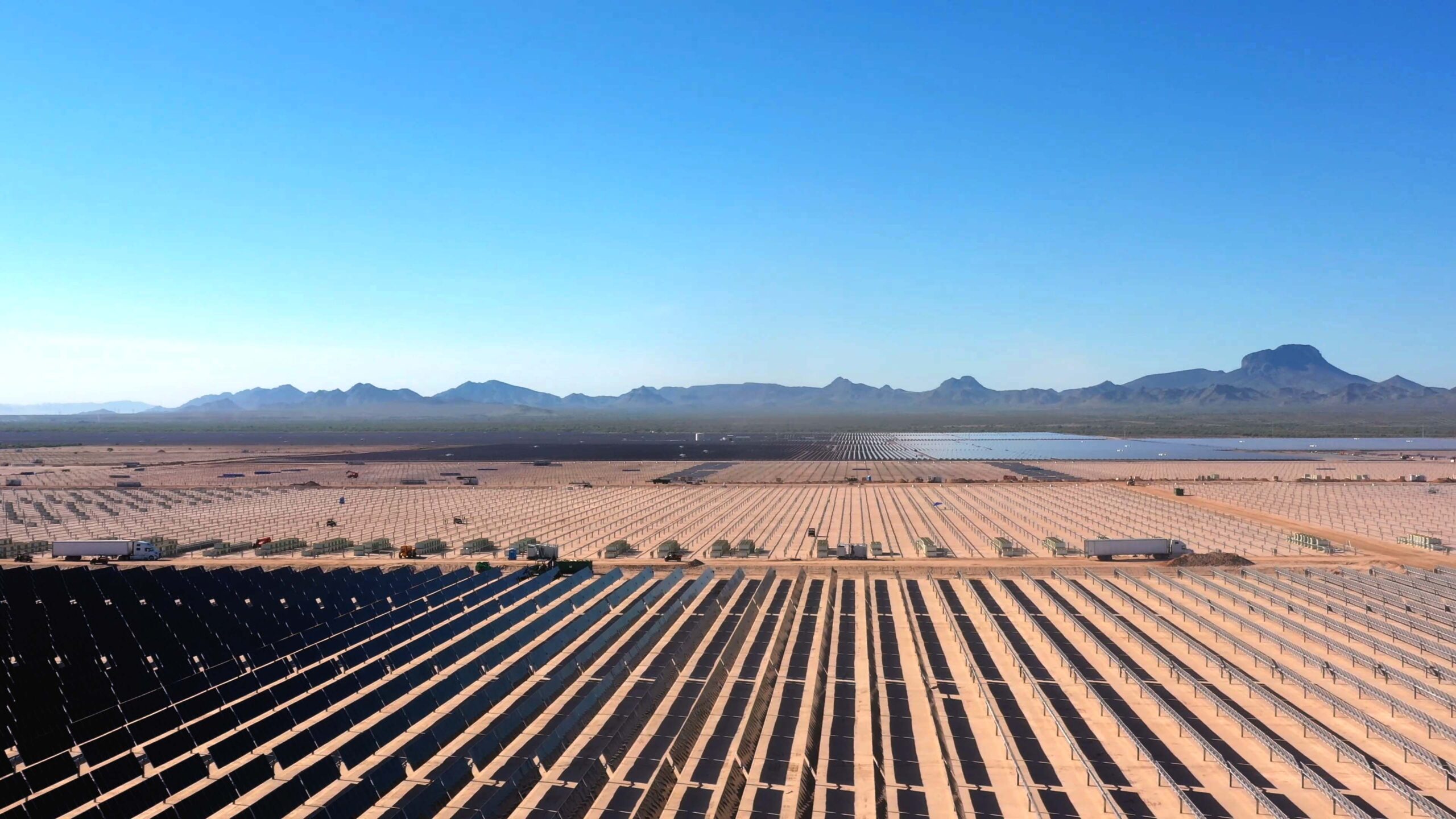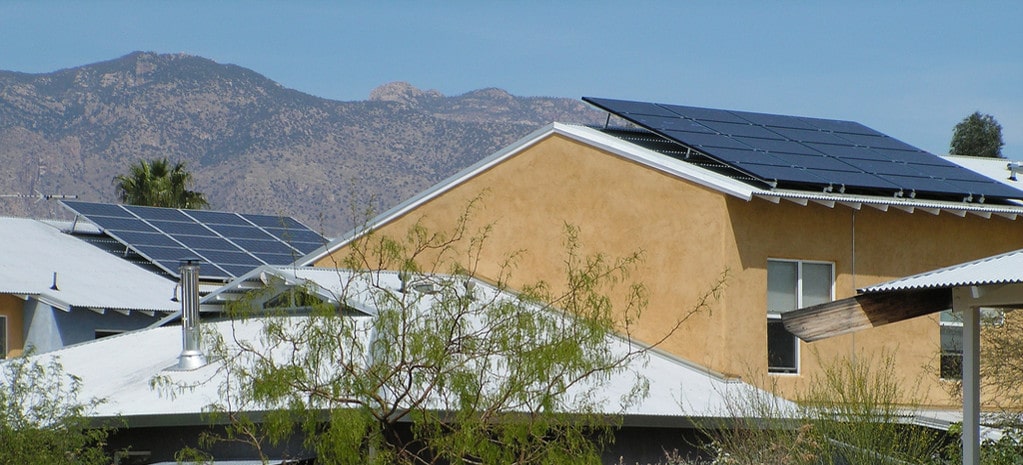The Arizona Corporation Commission is set to vote on August 24, 2023 on an amendment that would rapidly reduce the payments made to solar customers for exporting local rooftop solar production to the electricity grid.
Arizona Corporation Commissioner Nick Myers filed an amendment that would cut net energy metering (NEM) rates to $0.053 per kWh, a reduction of 37%, which would take place suddenly in September. This would supersede the legal foundation that set a 10% NEM rate reduction per year, which would have led to a rate of $0.076 per kWh.
The proposed amendment was justified based on “cost-shift issues,” a utility-backed argument that non-solar customers were cross-subsidizing rooftop solar customers by increasing utility system costs. Utility Arizona Public Service (APS) provided data to the Corporation Commission claiming, “the magnitude of cost shift within the residential ratepayer class is within the range of $800 to $1000 per year.” This would amount to an $18 million cross-subsidization.
However, numerous studies by national labs and state groups have debunked utility claims of such a significant cost-shift. Lawrence Berkeley National Laboratory found that at current levels of rooftop solar adoption, the cost shift is negligible. At solar adoption rates of 10% of electricity generation mix or more, the cost shift was found to be a miniscule $0.005 per kWh.
If the 37% cut is approved, APS will essentially buy local solar generation for $0.053 per kWh, and then sell it to neighboring Arizonans for nearly triple that price, as APS customers often pay retail rates ranging $0.12 per kWh to $0.17 per kWh.
The Corporation Commission deemed that the valuation of solar exports should be based on the “avoided cost” methodology. It further notes that only utility costs should be considered when designing the rates, ignoring any kind of societal or environmental externality associated with the technology, be it a benefit or a harm.
The Commission determined, “use of utility-scale solar obligations represents the most reliable and objective avoided cost proxy for rooftop solar and diminishes concerns for the inclusion of societal and environmental factors and other externalities in valuing solar DG exports, which are speculative and inappropriate for ratemaking purposes.”

Image: APS
Health and environmental benefits, significant cost savings and stability for ratepayers, and resilience to extreme weather or national security events are benefits to Arizonans that adopt solar but are not relevant factors in the Arizona Corporation Commission’s evaluation of ratemaking and the technologies it wishes to support. Utility costs and profits take precedence over these significant externalities.
If approved in the vote, the NEM rate cuts will take place immediately on September 1, 2023. The move is expected to cause damage to the residential solar industry. After California passed a similar net metering rate cut, demand in the subsequent quarter fell by 38%, according to Wood Mackenzie.
This content is protected by copyright and may not be reused. If you want to cooperate with us and would like to reuse some of our content, please contact: editors@pv-magazine.com.









Here in Hawaii the corrupt PUC in conjunction with the monopolistic Hawaiian Electric Company, reduce our rate by 75%. So now they buy at $.105 a kwh and sell for $.47 kwh. And they still don’t maintain their power lines, or pay any attention to weather forecast. Just look at the devastation on Maui. In one instance during the wildfire instead of shutting off the power they just put a piece of plywood over a downed line so traffic could move.
Your defense of NEM is ridiculously biased. Per dollar spent you get 3x more solar generation built with utility solar.
If everyone pays $0.005/kWh at 10% residential solar share, that means the latter are being subsidized 5c/kWh, which is double the cheapest solar PPAs. Add in the maybe 8c/kWh paid to install rooftop solar, and you’re at 5x the total spending of utility solar. That is hardly “miniscule”.
Transmission upgrades are also needed to pipe high residential solar peak generation to commercial/industrial areas, and *every* plan for affordable net-zero involves massive build out of grid interconnections. Connecting utility solar is a small fraction of that.
Net metering is a disaster. A far, far more effective policy is to buy 2-3 kWh of community-owned utility solar to take 1 kWh off your bill. It would be cheaper for the homeowner, too.